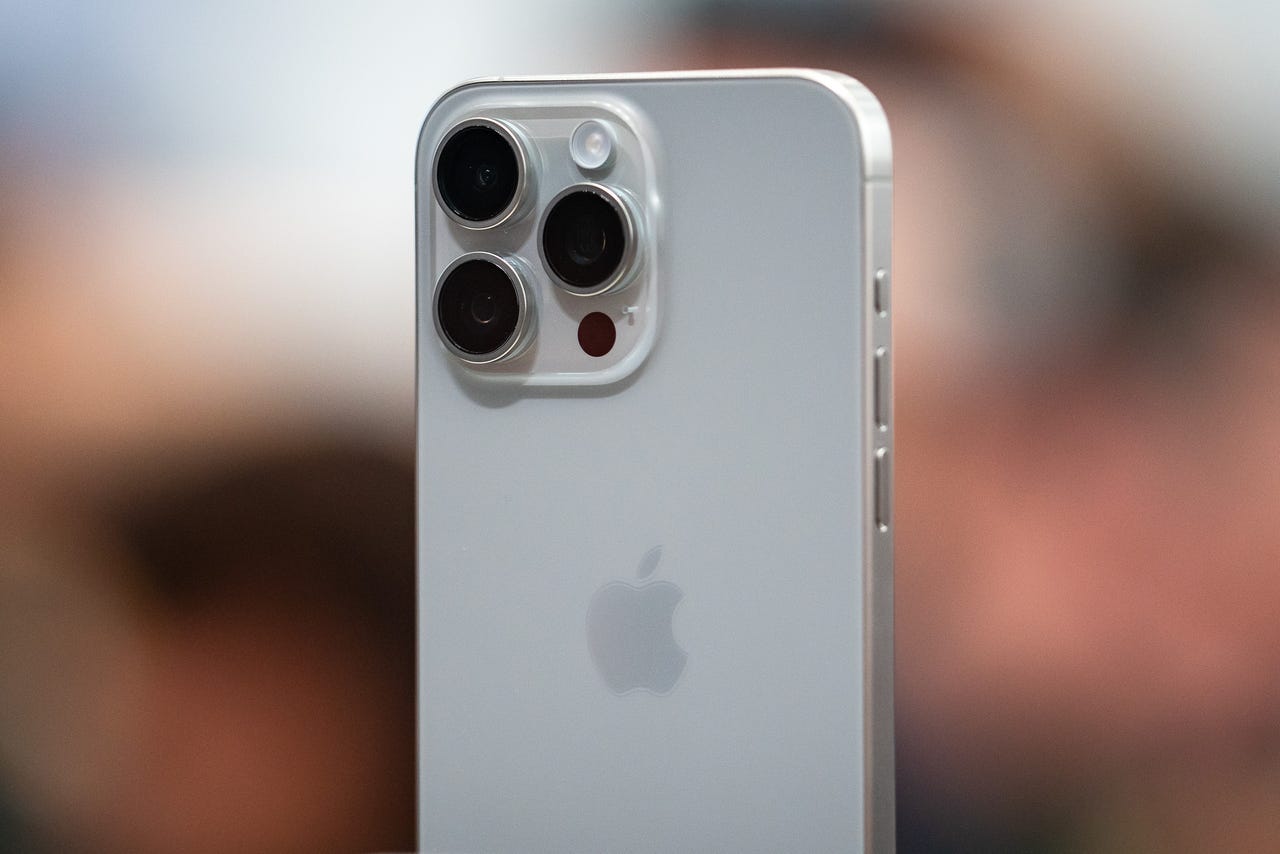
Apple has confirmed that the overheating issue affecting the iPhone 15 and iPhone 15 Pro is the result of a combination of an iOS 17 bug and third-party apps.
The good news: It’s not some hardware design flaw related to the titanium chassis. Even better news: The fix won’t affect system performance.
Also: I’ve tested dozens of MagSafe wallets on my iPhone, and this is one you should buy
Shortly after the iPhone 15 started to land with new owners, reports began to surface on social media and Apple’s support forums of overheating issues. Some users reported that it was happening when the iPhone was charging; others reported that apps such as Instagram were to blame.
In a statement to Forbes, the company said that while it is normal for an iPhone to “feel warmer during the first few days after setting up or restoring,” it had “also found a bug in iOS 17 that is impacting some users and will be addressed in a software update.”
This is good news for new iPhone 15 owners, some of whom have been experiencing temperatures that make the handset “difficult to hold.”
In a statement to Reuters, the company said that the iOS 17 bug fix would not reduce performance. This suggests that no throttling of the new A17 Pro processor will be required, and users won’t have to endure a drop in performance.
Also: The best new features in iPhone 15, iOS 17, and Apple Watch unlocked
But there’s also another bug. This one “involves some recent updates to third-party apps that are causing them to overload the system.”
Both Apple and Meta, the parent company of Instagram and Facebook, have pointed the finger at the Instagram app, and Meta says it has modified the app in an attempt to prevent this from happening.
Here’s what makes this a particularly interesting bug: Because of how tightly Apple controls the way apps access the hardware, this may indicate a bug in the Xcode platform for iOS 17.
